
An old chandeliers shop at Khan el-Khalili
Khan el-Khalili (Arabic: خان الخليلي) is a major souk in the Islamic district of Cairo. The bazaar district is one of Cairo's main attractions for tourists and Egyptians alike.

History
The souk dates back to 1382, when Emir Djaharks el-Khalili built a large caravanserai (خان khan in Arabic) in Cairo under the Burji Mamluk Sultan Barquq; the eponymous khan is still extant. By the time of Barquq, the first Circassian Mamluk Sultan (1382–1399) much reconstruction needed to be done within the walls of the city in order to repair the damage incurred as a result of the Black Death. When Barquq started his madrassa in Bayn el-Qasrayn, markets were rebuilt, and Khan el-Khalili was established. It was also known Turkish bazaar during the Ottoman Empire.
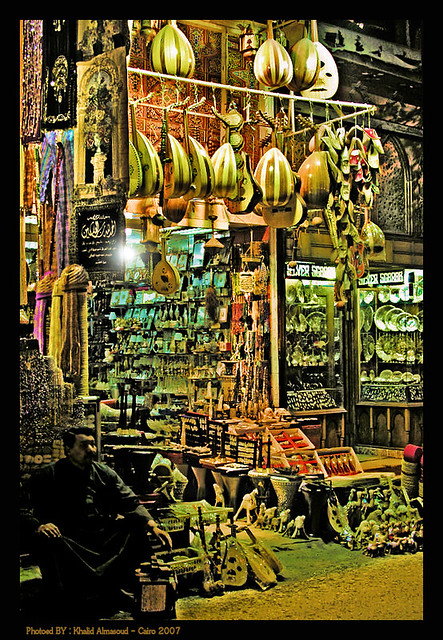
Today
In addition to shops, there are several coffeehouses (مقهى maqha ), restaurants, and street food vendors distributed throughout the market. The coffeeshops are generally small and quite traditional, serving Arabic coffee and usually offering shisha. The al-Hussein Mosque is also in Khan el-Khalili; Al-Azhar University and its mosque are not far away.
Naguib Mahfouz's novel Midaq Alley (1947) is set in an alley in Khan el-Khalili.
Terrorist attacksMain articles: April 2005 terrorist attacks in Cairo and 2009 Khan el-Khalili explosion
The market was a target of terrorism during the spate of attacks in Cairo in April 2005. The suicide attack in the market, on April 7, killed 21 people (eleven Egyptians, two French tourists, one American, and seven foreigners of unidentified origin). It was the first attack in the series; this attack drove away tourists from Egypt in general and Khan el-Khalili in particular for some time.

The market was again a target of terrorism on 22 February 2009. In this attack a 17-year old French girl was killed and 22 people were injured.
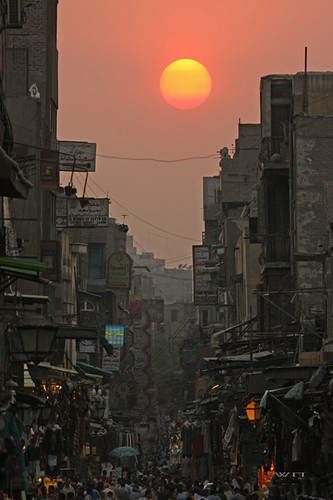
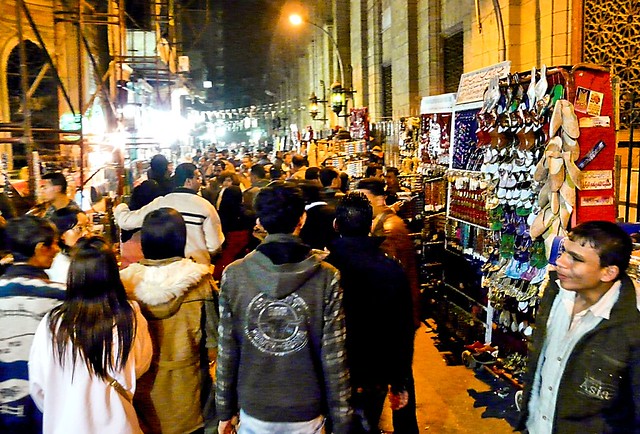

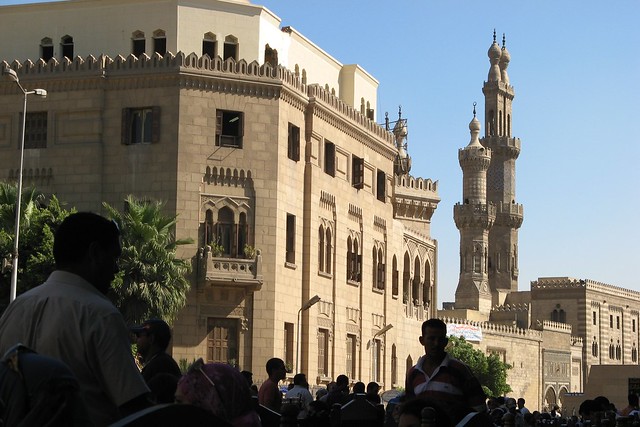
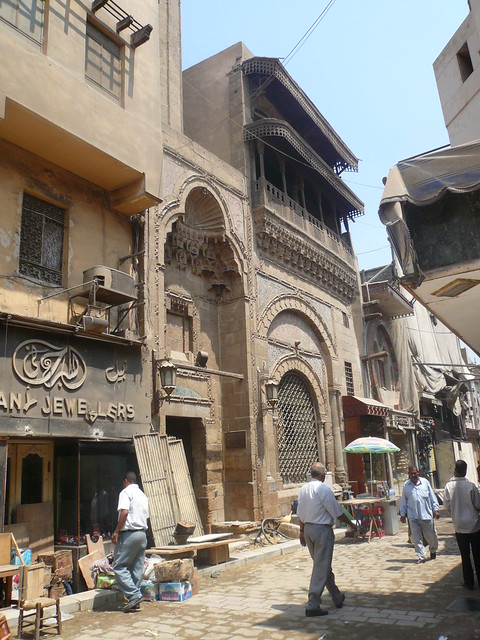




 08:50
08:50
 homesweethome
homesweethome

 Posted in:
Posted in: 








0 意見:
Post a Comment